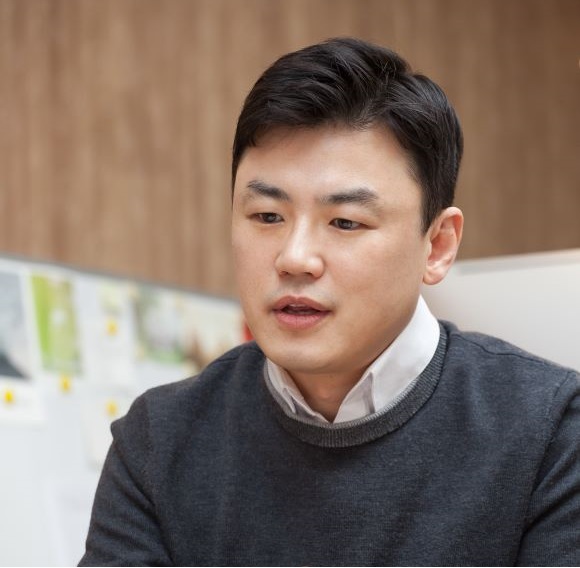Department News
Professor Ho-Young Kim's joint research team develops an artificial material system that grows like a mushroom
Author
이수빈
Date
2023-03-20
Views
347

(From left) Seoul National University researcher Chan-jin Park, Gachon University Geun-hwan Park, Seoul National University Professor Jeong-yoon Seon, and Seoul National University Professor Ho-Young Kim. Photos Seoul National University
Seoul National University of Technology announced the 4th that a joint research team led by SNU Professors Ho-young Kim of Mechanical Engineering, and Jeong-yoon Seon of Material Engineering, Professor Jong-hyun Ha of Ajou University, and Professor Geun-hwan Park of Mechanical, Smart and Industrial Engineering of Gachon University developed artificial material that mimic the growth of mushrooms.
Cells such as pollen tubes and root hairs observed in plants and hyphae of fungi all growly at the tip. In order for growth to occurly at the end of the cell, certain conditions must be met at the same time. It was revealed that they developed an artificial material system that can simultaneously satisfy all of these conditions using non-solvent induced phase separation (NIPS) of polymer solutions.
The joint research team said that all existing systems that respond to external stimuli are computer-calculated after recognition of the surrounding environment using cameras, while developed material systems can respond to external stimuli without recognition and computation due to their structural characteristics.
In addition, the joint research team revealed that the developed artificial material system could be used as a tube for transporting other materials. They reported the results of transferring conductive liquid metals and using them as growing wires connecting broken circuits, or transporting other liquids that mix well with water even without outflow.
The developed artificial material system can be used as a robot to explore the surrounding environment and transport materials by changing its growth direction without external intervention such as it can be used as a robot to explore extreme environments that are difficult for humans to access in the future.

